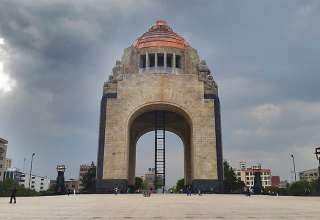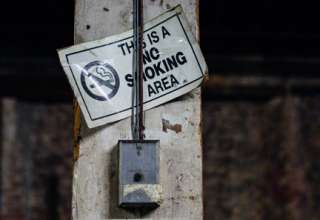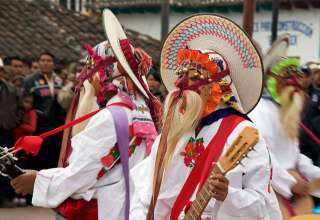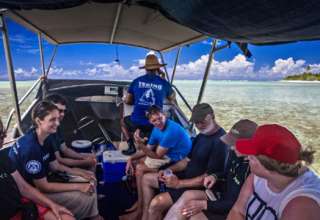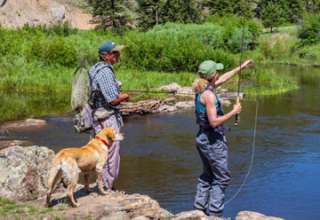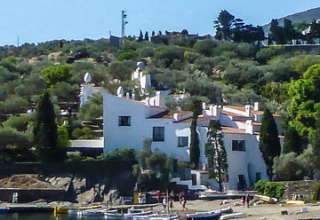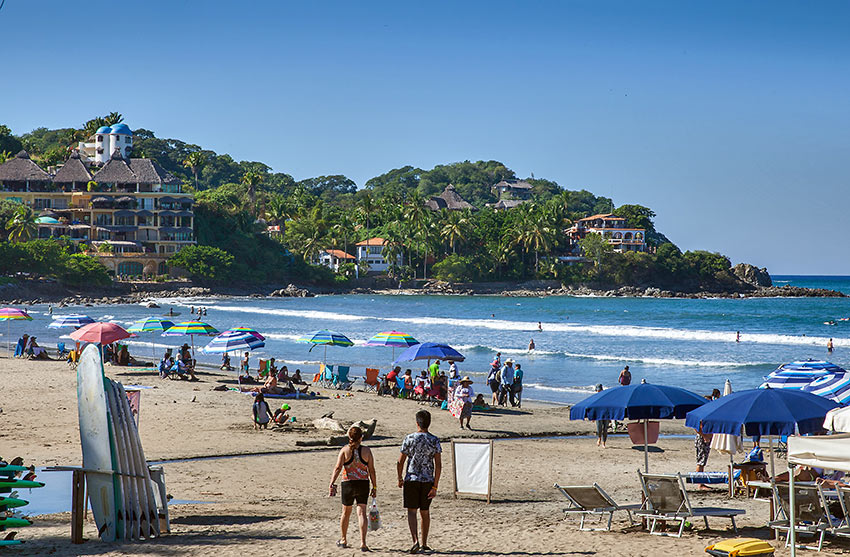
SAN BLAS, Mexico – When you’re self-isolating at home, whiling away the hours scanning the internet for recipes, did you ever stumble across Mexico’s most-watched television show, “Master Chef Mexico?” How about the celebrity chef herself, Betty Vasquez, one of the show’s three judges? The name didn’t ring my bell, either. But when I searched online for “famous chefs Mexico,” planning ahead for our upcoming trip to Puerto Vallarta, I was amazed to find Betty – and her restaurant, El Delfin – in San Blas, a couple of hours north on the Riviera Nayarit.
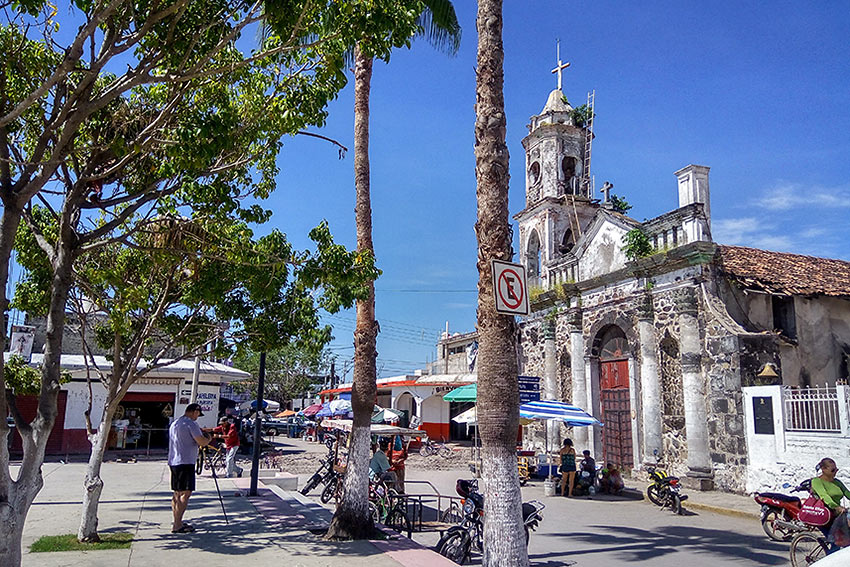
Later on, when my partner Steve suggested that we spend an overnight exploring San Blas, I agreed, as long as it included dinner at Betty’s. “It’s only two, maybe three hours north of Puerto Vallarta on Highway 200,” said Sonia, the concierge who checked us into the Miraval Hotel, in Nuevo Vallarta. “Take your time and look around. It’s scenic all the way up the coast, with sandy beaches if you want to swim. We take our bathing suits and eat lunch at one of the villages. My favorite? In Sayulita, maybe, or San Pancho.”
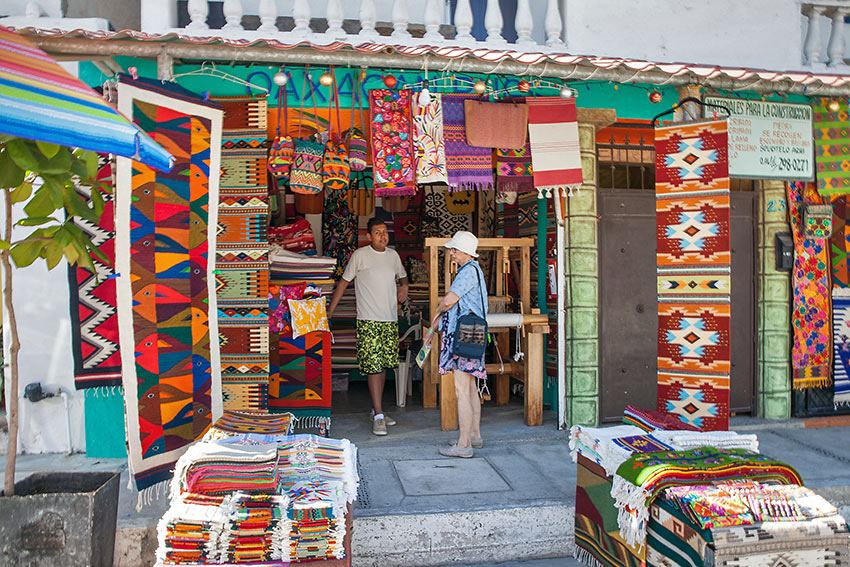
Thanks to my parents, inveterate travelers, Mexico was familiar country. But we’d never explored the state of Nayarit or its spectacular western border, the Pacific coast. Leaving the PV cruise ship port and the airport behind, we crossed the border north into Nayarit, leaving the tourist world – crowded souvenir shops, shopping centers and tourist hotels – behind. Within minutes, the landscape gave way to open country, interrupted here and there by fields, jungle thickets, giant trees, crossroads with houses and an occasional village. According to Steve, who’d done his homework, San Blas, population just 8707, was once an important port. At the mouth of a river, it was a source of fresh water, a necessity when, in the 1500s, Spain’s “treasure ships,” sailing northeast from the Philippines laden with silks and spices, made landfall. Repurposed as an official naval base in the mid-1700s, it was the port from which the Spanish empire, threatened by Russia’s settlements in Northern California and Alaska, sent a company of soldiers and colonists north to build the missions, led by Father Junipero Serra.
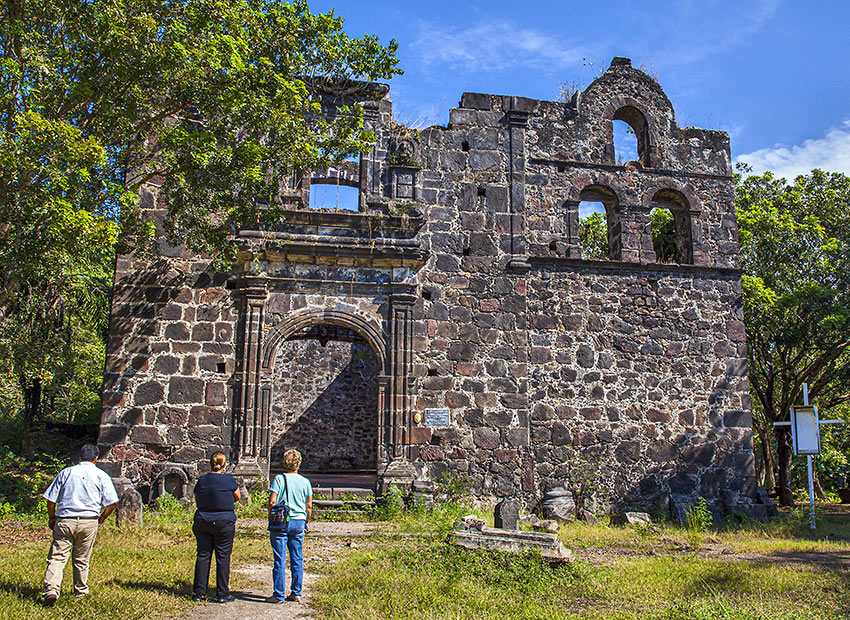
Our first brief stop, in Buceritas, was just long enough to explore the arts and crafts market on Lazaro Cardenas Avenue, a block from the beach, and to grab a ten-minute dip in the ocean. Passing a half-dozen Canadians retirees, lounging on the sand, they stopped us long enough to offer a cold beer. “We come every winter for three months,” they said. “Join us, it’s marvelous.”
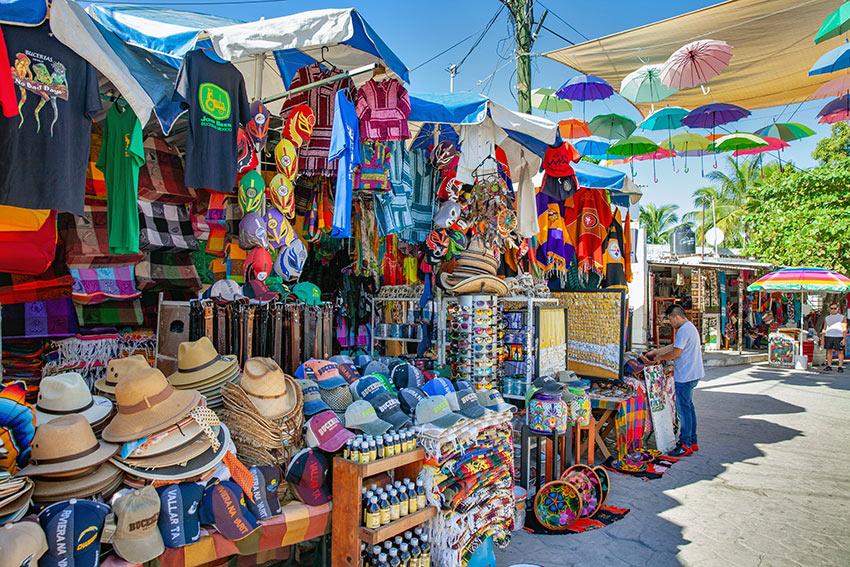
We couldn’t miss the next stop, at Sayulita, one of Mexico’s historic “magic towns.” Popular with tourists and famous for miles of surfing beach and endless waves, Sayulita’s narrow cobblestone streets are shaded by trees and lined by art galleries, craft shops, cafes, ice cream vendors, bars, cottages and sheds, all crammed onto every buildable inch. Following mobs of shoppers, mostly Mexican vacationers, we found a beachside café, ordered ice tea and waded in the waves.
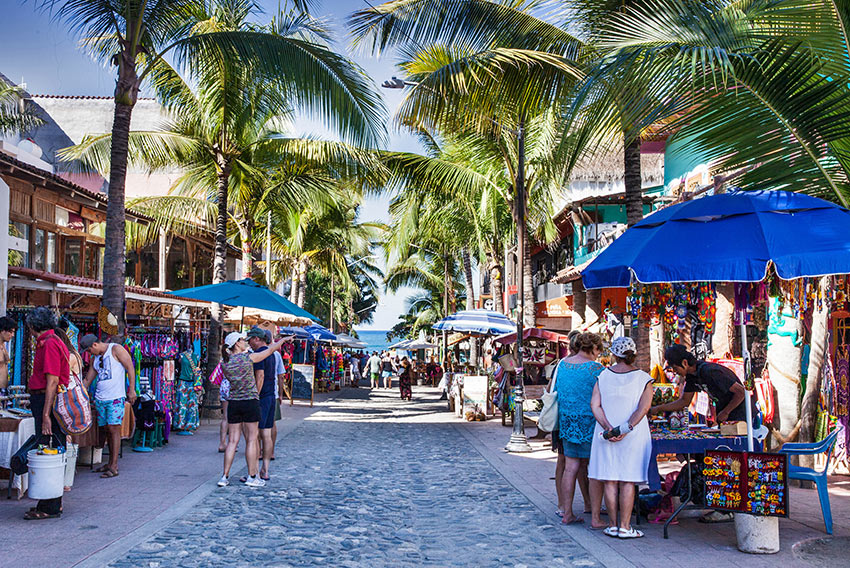
Then it was on to San Pancho – officially, San Francisco – where iguanas live in the trees shading the central plaza and where I bought a primitive painting from a sidewalk artist.
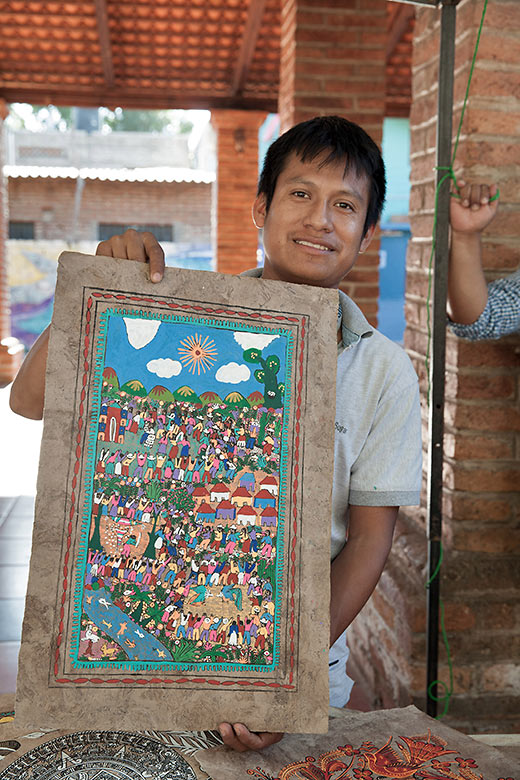
“My father paints all of these,” said Marco, flipping through half-dozen scenes, all different. “He makes the paper, too,” he explained, showing me the ragged edges. Colored flags strung between the rooftops led the way to the ocean and Las Palmas Restaurant where we sat under an umbrella on the beach front, watched the surfers and ordered lunch. Overwhelmed by a platter piled with six kinds of tacos and a cold pint, an hour ticked away in no time. By the time we finally reached San Blas the sun was hanging over the ocean, reflected in shivery streaks.
As we circled the plaza, crowded with mothers pushing baby strollers, old men playing checkers and skinny kids chasing each other around the fountain, I caught a whiff of barbecued pork. Street food! A wave of nostalgia made my heart thump and I felt like a ten-year-old, traveling with my parents. Still, San Blas is unlikely to ever be on someone’s bucket list. Simplicity, its greatest charm, is also its only charm. If you’ve seen Director Alfonso Cuaron’s film “Roma,” the story of ordinary families coping with life in Mexico in the 1970s, you know what I mean. As we pulled into the gas station, the attendant, a rangy fellow in cowboy boots ambled over to the pump. “If you want to taste real Nayarit cooking,” he said, glancing at our tourist map, spread out on the dashboard, “try the Hotel Garza Canela, that way,” he said, pointing toward the ocean. “They have a restaurant there and a pool.” Was it Betty Vasquez’s restaurant? He wasn’t sure.
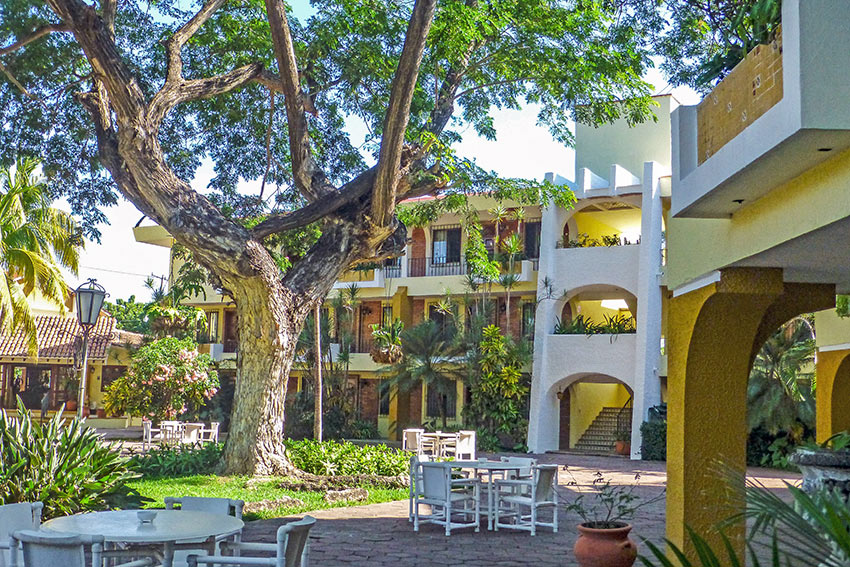
Heading for the hotel, a large, old-fashioned building behind a wall, we found the door, booked a room for the night, and asked about the restaurant, the El Delfin. “It’s right there, through the door, across the patio,” said Rosa, the desk clerk, pointing the way. “It’s still early, so you’ll be the only ones there.” Stepping outside, I realized that we were behind a wall in a multi-acre, traditional, colonial-style hacienda, with a spacious patio and garden, leafy trees scattered about and two or three other buildings. A swimming pool was visible in the distance, beyond the door to the restaurant.
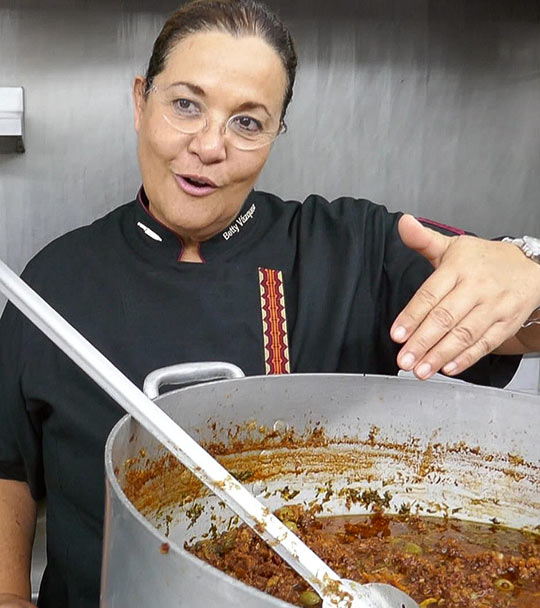
“Come in, come in, we’re open,” said a woman standing at the open door, her brown hair twisted into a bun. “My father spent hours out here, weeding and watering,” she said, smiling. “He loved this garden. Come in, I’m Betty.” she said, holding the door. I was so thrilled that I couldn’t think of what to say, but she shook hands and looked pleased. “You’ve come all this way, just to eat?” she asked, showing us to a table. “I’m so glad you’re here.” By this time, I was bursting with curiosity. “What do you think?” I asked Steve, after we’d looked all around, ordered from the menu, and she’d disappeared into the kitchen. “Her bio says she studied at the Cordon Bleu, in Paris.” Twenty minutes later the dinner arrived, and we wielded our forks. “This is delicious,” said Steve, savoring a bite of baked pork loin, with a fruit and chipotle sauce. “Here, try it,” he said, handing over a couple of bites. “Did you order curried shrimp?” he asked. “Am I tasting coconut milk?” We were scanning the dessert menu when she returned with coffee, and to my surprise she sat down to talk.
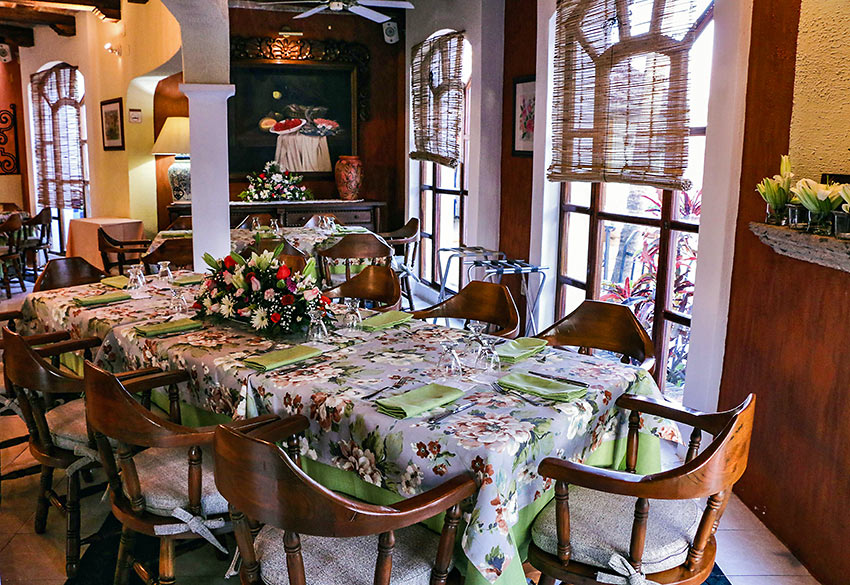
“Tell me, will you be here long?” said Betty. “I’ve loved traveling in Europe and overseas, and I love the year I spent in France. But this is our family home. My roots are here in San Blas. Do you have time to tour? You must see the fort on the hill.” I grabbed my pen and began to scribble. Visit the fort on San Basilico Hill. Check ocean view and look for big white rock in ocean. Huichol people call it Tatei Haramara, the sea goddess. Walk through old church next to fort, La Nuestra Senora del Rosario. Swim at Las Islitas beach, on Matanchen Bay. Bring bug spray. Highlight is guided boat tour on Santiago River estuary in La Tovara National Park, with birds and crocodiles. “You know,” said Betty, pausing to think, “Why don’t I show you around? I’m going out of town tomorrow afternoon, but I’m free in the morning. We’re filming the next season of MasterChef Mexico and I have to be there. We have three judges, and I’m one of them.”
After touring with Betty, who pointed out her favorite shop, the vegetable market and the ice cream shop she loved as a teenager, she left and we headed to the beach for the afternoon. The next morning, on her advice, we joined a boat tour through the La Tovara Park bird sanctuary, guided by naturalist Francisco Garcia. I was prepared to be as bored that morning as I’d been thrilled the night before. That is, until it became another one of the best adventures we didn’t plan. Gliding quietly upstream on the estuary, spotting rare birds at every turn; winding among the mangroves until the estuary met the river; watching the clear water curl around the muddy water and the sun-loving flowers crowding the banks; La Tovara Park was as enchanting as El Delfin dinner was unforgettable.
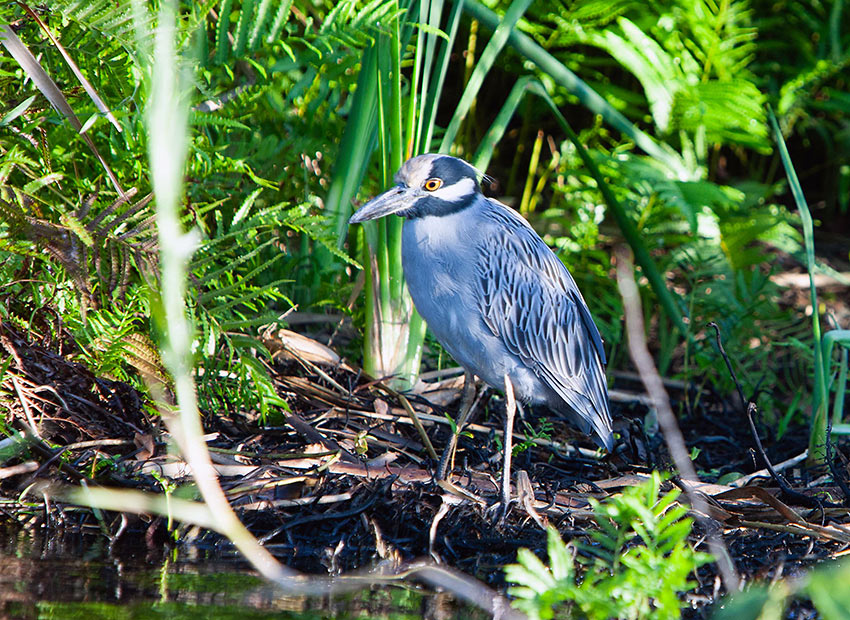
Just the Facts:
Touring the Riviera Nayarit
Hotel Garza Canela: rooms for 1-6 US $90-$275.
Entrees at El Delfin restaurant: US $10-$25
From Puerto Vallarta by car: 79 miles, 2-3 hrs, Hwy 200 North, then State 16.
From Guadalajara: 162 miles, 3-4 hours.
